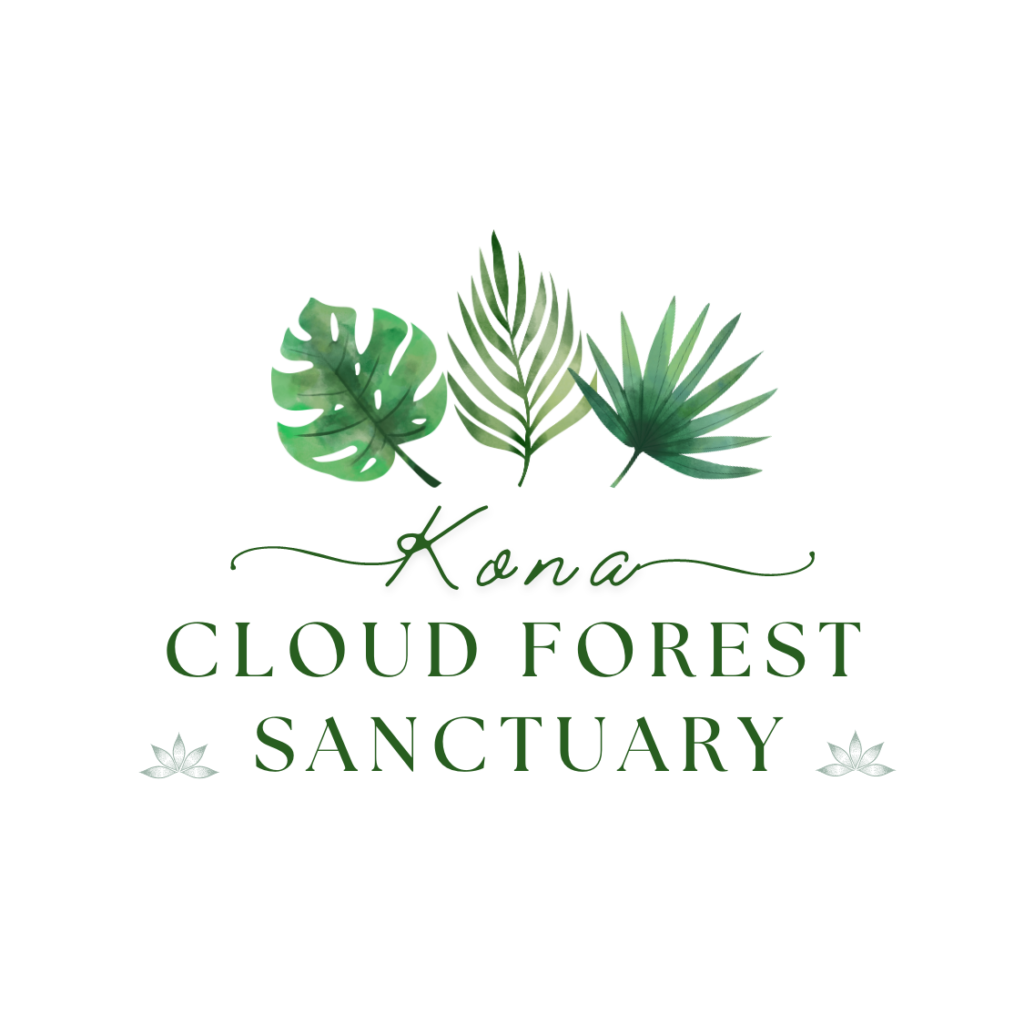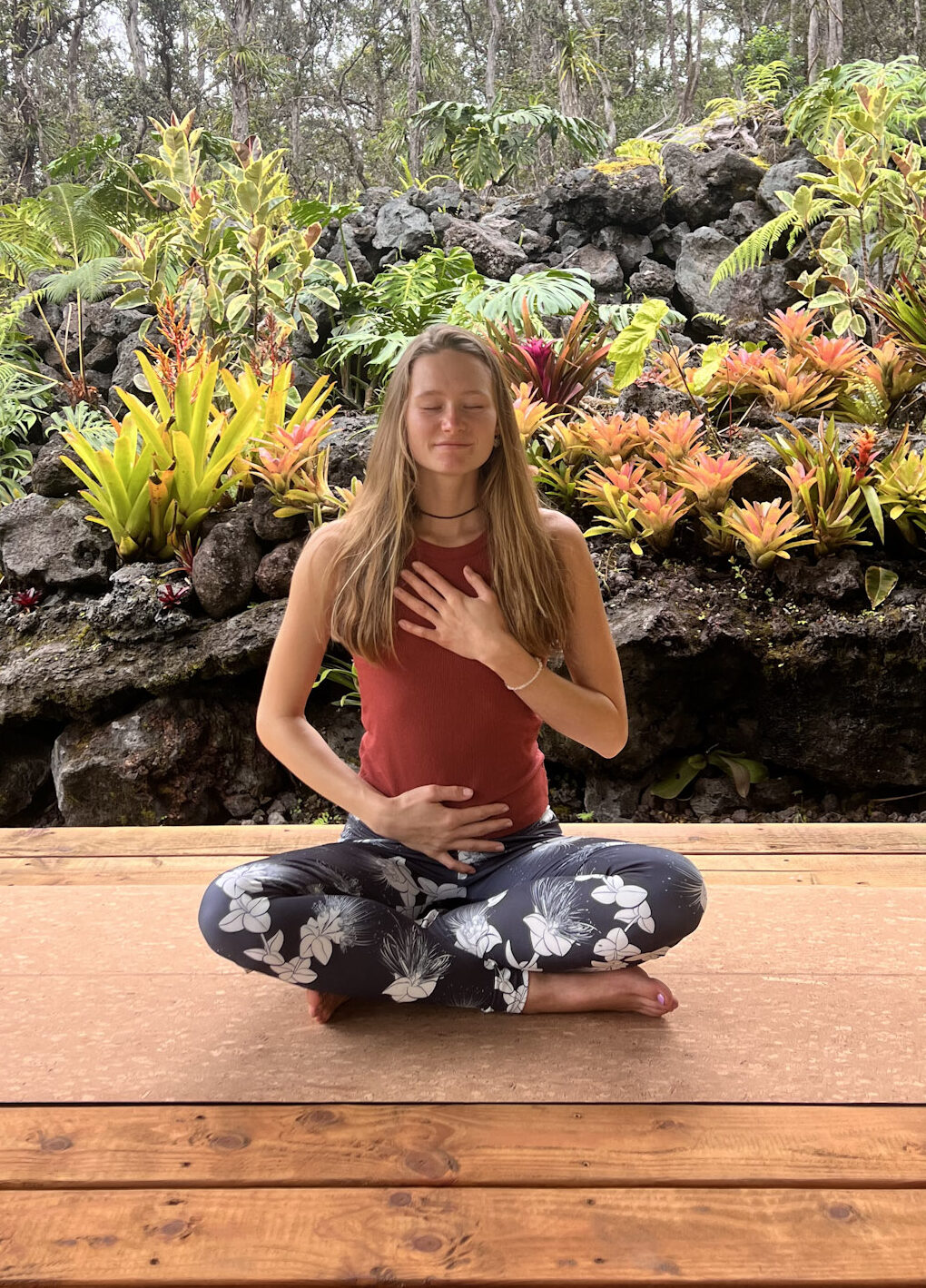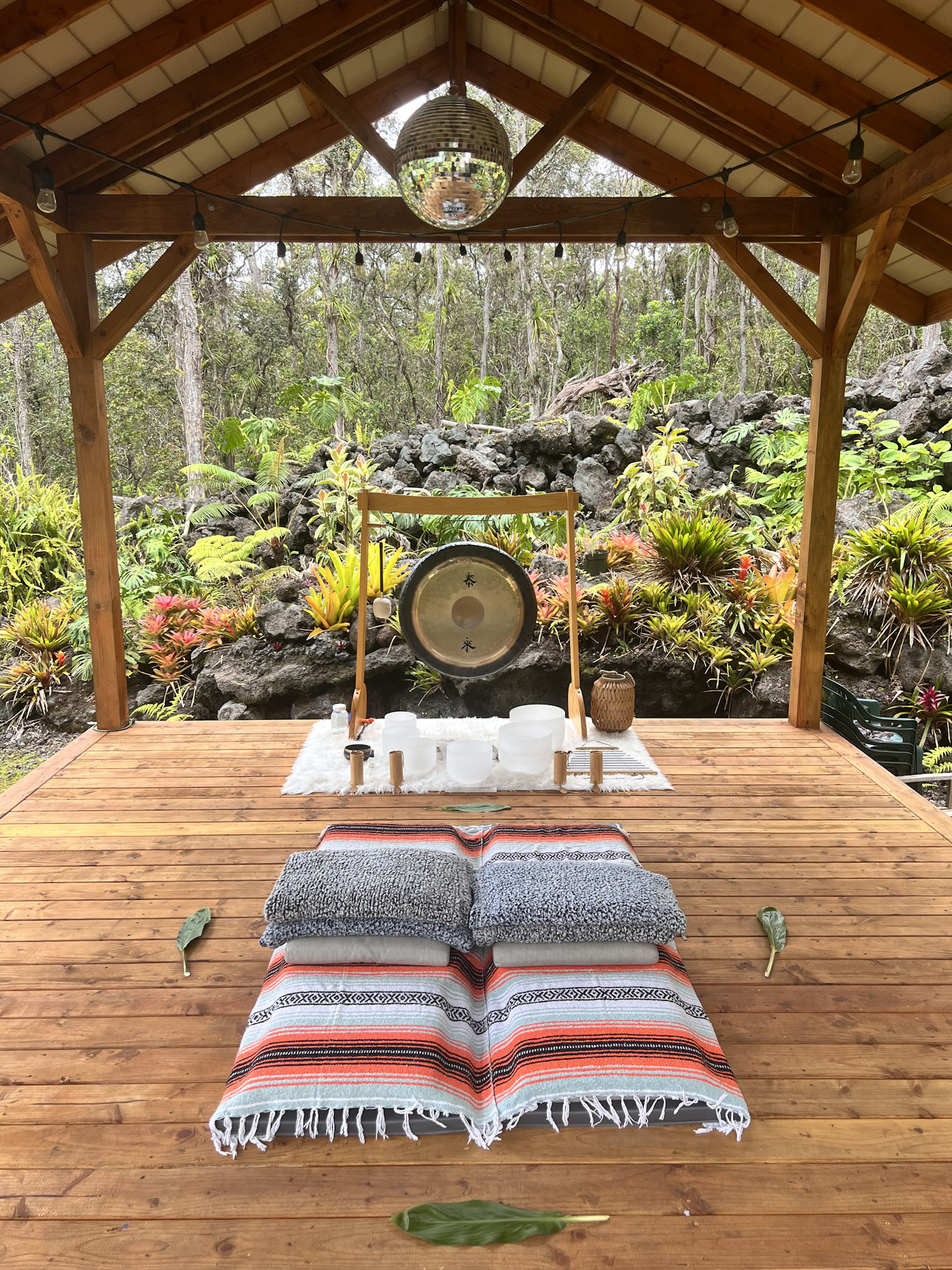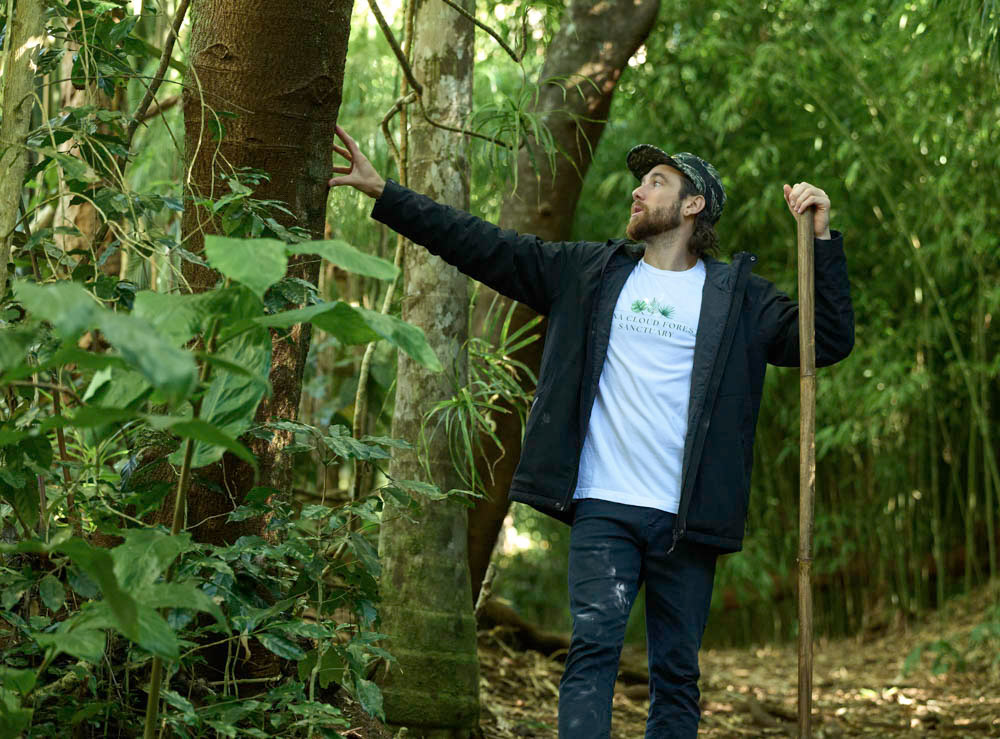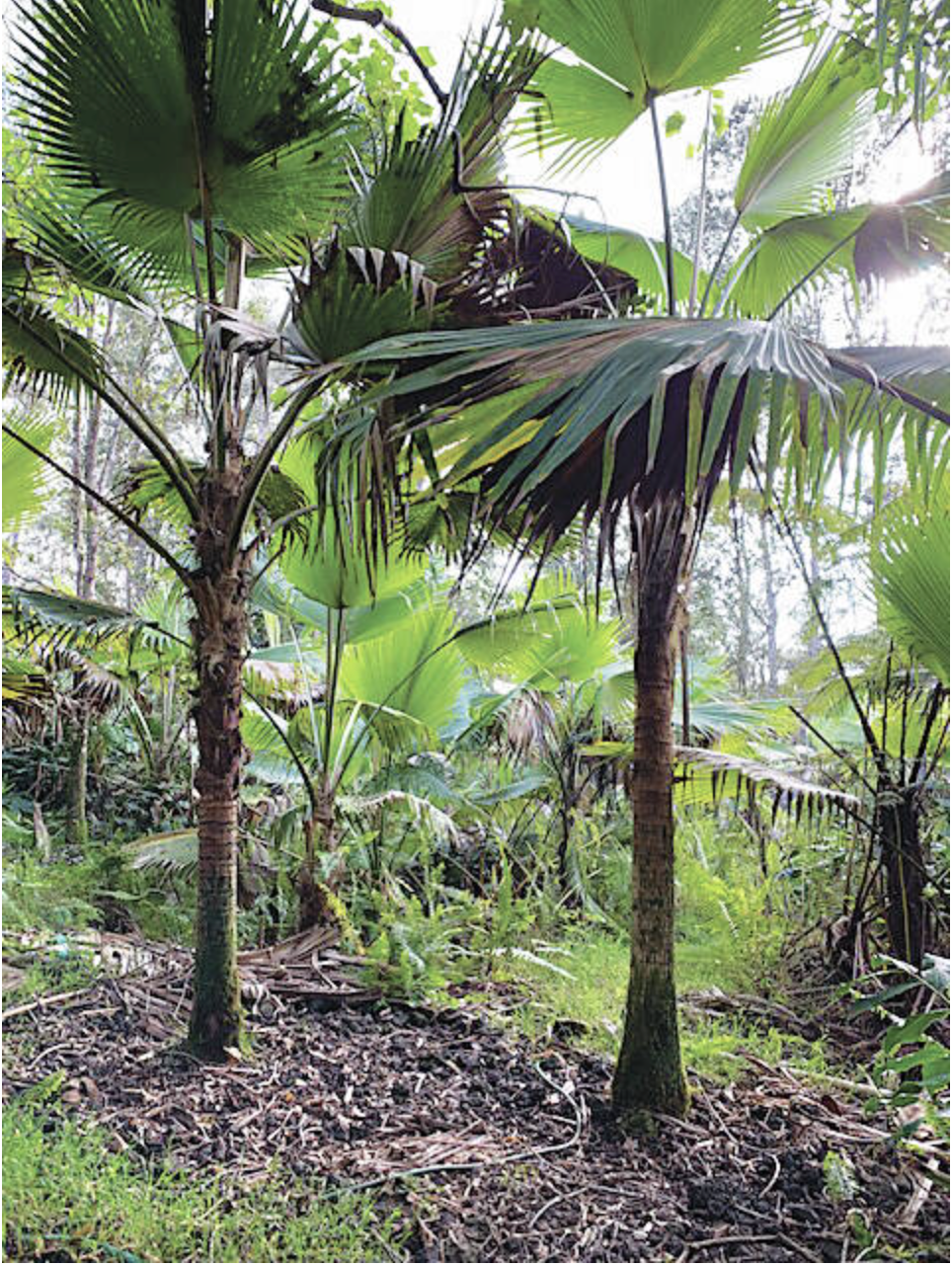Aloha ʻĀina
Understanding Aloha ʻĀina
Aloha ʻĀina, a fundamental principle deeply ingrained in Hawaiian culture, embodies the reciprocal relationship between the people and the land. It encompasses reverence, stewardship, and a profound respect for the environment, reflecting the interconnectedness of all living beings.
Hawai’i in April
As we make our way through April, we can see the blooming of the natural world before our eyes. The arrival of spring brings a time of renewal and growth. It is a period which invites communities to come together to honor their cultural heritage, celebrate the beauty of the land, and engage in regenerative practices that ensure the sustainability of Hawaii’s ecosystems.
Mālama ʻĀina: Caring for the Land
Understanding Malama ʻĀina: Beyond Environmentalism
Mālama ʻāina, meaning “to care for the land” in Hawaiian, transcends conventional environmentalism to encompass a holistic approach to land stewardship. It emphasizes sustainable practices that honor the interconnectedness of all living beings and promote the well-being of both the land and its inhabitants.
Traditional Hawaiian Practices of Land Stewardship
Hawaii’s rich cultural heritage is steeped in traditional practices of land stewardship, including the Ahupua’a system—an ancient model for sustainable land management. This system, characterized by communal land divisions extending from mountain to sea, emphasizes resource conservation, equitable distribution, and community cooperation.
Modern Approaches to Mālama ʻĀina
In response to contemporary environmental challenges, modern approaches to Mālama ʻĀina have emerged, leveraging innovative conservation techniques and community-driven initiatives. From the establishment of community gardens to the promotion of urban agriculture, individuals and organizations are actively engaged in nurturing the land for future generations.
Volunteering: Nurturing the Community and Land
The Power of Volunteering
Volunteering plays a pivotal role in preserving Hawaiian heritage by actively engaging individuals in efforts to protect and conserve the natural environment. Through volunteer initiatives, communities unite to safeguard cultural sites, restore native habitats, and promote sustainable practices rooted in Aloha ʻĀina.
Volunteering provides individuals with meaningful opportunities to contribute to their communities and the land.
Opportunities for Volunteering
Hawai’i offers a plethora of resources for individuals to engage in volunteer opportunities for various initiatives, including beach clean-ups, reforestation projects, and cultural preservation activities. Volunteer events and projects throughout the year provide avenues for individuals to make tangible contributions to their communities.
Hawaiian Reforestation
The Importance of Reforestation in Hawai’i
Reforestation plays a crucial role in addressing deforestation and mitigating climate change in Hawai’i. By restoring native forests and replenishing urban green spaces, reforestation efforts contribute to biodiversity conservation, soil stabilization, and carbon sequestration.
Successful Reforestation Projects in Hawai’i
Throughout Hawai’i, successful reforestation projects are underway, focusing on the restoration of native forests and the rehabilitation of degraded landscapes. These efforts not only mitigate the impacts of deforestation but also provide habitat for endangered species and enhance the resilience of Hawaii’s ecosystems. Here at the Kona Cloud Forest Sanctuary, we provide just one example of what reforestation can achieve. You can read the history of this lush cloud forest here.
How Individuals Can Get Involved in Reforestation
Individuals can actively participate in reforestation efforts by volunteering at tree planting events and workshops organized by local organizations. Additionally, supporting reforestation and conservation organizations through donations and advocacy initiatives helps sustain long-term sustainability efforts across Hawai’i.
Respectful and Responsible Tourism: Preserving Hawaiian Culture and Environment
Balancing Tourism and Sustainability
The influx of tourists to Hawai’i presents both opportunities and challenges for the preservation of Hawaiian culture and environment. Balancing tourism growth with sustainability requires thoughtful planning and implementation of strategies that minimize environmental impact while promoting cultural and nature awareness, as well as visitor responsibility and respect.
Regenerative Tourism
Regenerative tourism in Hawai’i entails adherence to ethical guidelines that prioritize cultural respect, environmental conservation, and community engagement. Visitors are encouraged to support local businesses, participate in cultural experiences, and minimize their ecological footprint during their stay.
Sustainable Tourism Initiatives
Tourists can actively support sustainable tourism initiatives by choosing eco-friendly tour operators and accommodations that prioritize environmental stewardship. Participating in cultural experiences with local communities provides opportunities for authentic engagement and mutual enrichment.
Frequently Asked Questions (FAQs)
What does “Aloha ʻĀina” mean?
Aloha ʻĀina translates to “love of the land” and represents a deep-seated reverence for the natural environment and a commitment to its protection and preservation.
How can I find volunteer opportunities in Hawai’i?
Numerous organizations in Hawai’i offer volunteer opportunities ranging from environmental conservation projects to cultural preservation initiatives. Here are a few places to start:
Volunteer Resources:
volunteer activities | Local organizations
https://www.gohawaii.com/voluntourism
What are some traditional Hawaiian practices for caring for the land?
Traditional Hawaiian practices for caring for the land include the Ahupua’a system, which emphasizes sustainable land management practices such as terracing, agroforestry, and aquaculture.
How does reforestation benefit Hawaii’s ecosystems?
Reforestation benefits Hawaii’s ecosystems by restoring native forests, enhancing biodiversity, mitigating soil erosion, improving water quality, and sequestering carbon dioxide to mitigate climate change.
What are some eco-friendly activities for tourists in Hawai’i?
Tourists in Hawai’i can engage in a variety of eco-friendly activities, including snorkeling in marine protected areas, hiking in state parks, participating in beach clean-ups, and supporting local sustainable businesses.
How can tourists support local communities during their visit?
Tourists can support local communities by patronizing locally-owned businesses, participating in cultural experiences, respecting cultural sites and traditions, and volunteering with community organizations.
What is Regenerative Tourism?
Regenerative tourism places a strong emphasis on environmental conservation and regeneration. Travelers engage in activities that contribute to the restoration of ecosystems, such as participating in reforestation projects, protecting endangered species, and reducing their carbon footprint.
Embracing the Regenerative Spirit of Aloha ʻĀina
The spirit of Aloha ʻĀina asks us all to commit ourselves to caring for the land and communities that sustain us. By fostering connection, practicing stewardship, and supporting regenerative initiatives, we can ensure a vibrant and sustainable future for Hawai’i and generations to come.
Join us in making a difference in Hawaii’s future by taking action to support regenerative practices and sustainable living. Whether through volunteering, advocating for environmental conservation, or practicing responsible tourism, together we can cultivate a brighter, more resilient future for the Aloha State.
Are you looking for a one of a kind experience on your next trip to the Island of Hawai’i? Come see us at the Cloud Forest Sanctuary! Enjoy guided Mindful forest experiences in the only seasonally dry tropical cloud forest in the United States. Relax with a sound bath meditation session, experience yoga, learn about forest conservation, or participate in our workshops and events. Hope to see you soon!
